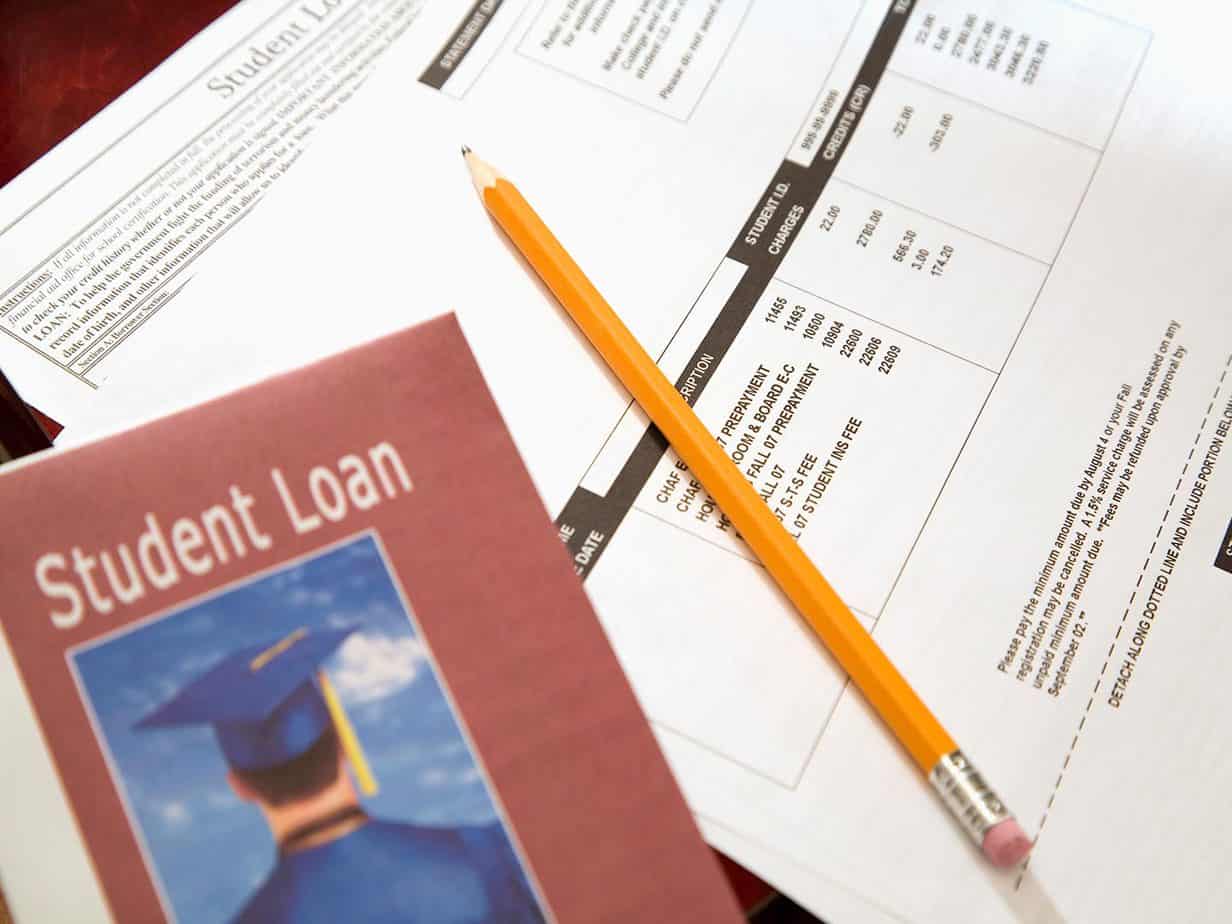
The amount of student loan debt college students graduate with depends on the state where they go to school, according to a new report from The Institute for College Access and Success. TICAS analyzed data provided by 936 nonprofit and public schools across the country. TICAS looked at how much debt students had accumulated upon graduating with a four-year degree in 2016.
TICAS’ twelfth annual report on debt for bachelor’s degree graduates of public and nonprofit colleges, finds wide variations in debt levels across states as well as colleges. Average student debt at graduation in 2016 ranged from $20,000 in Utah to $36,350 in New Hampshire, and new graduates’ likelihood of having debt ranged from 43 percent in Utah to 77 percent in West Virginia. Average debt varies even more across colleges, from a low of $4,600 to a high of $59,100, and the share of students graduating with loans ranges from six to 98 percent.
Lenders can target the Student Loan Payer audience with this knowledge. The new AudienceSCAN survey reported 10% of Americans plan to make student loan payments during the next 12 months.
The Type of Loan Matters: Nonfederal Loan Usage
The burden of student debt is not just about how much debt students have, but also about what types of loans they have. Federal student loans come with crucial consumer protections and repayment options not guaranteed by private, nonfederal loans. Importantly, income-driven repayment plans have been widely available for federal student loan borrowers since 2009. These plans cap payments based on the borrower’s income and family size and forgive remaining debt, if there is any, after 20 or 25 years of payments.
Lenders could focus on refinancing options for Student Loan Payers. Advertising what's available can educate borrowers. Surprisingly, 38% of Student Loan Payers are responding to social media advertising, the new data from the AudienceSCAN survey indicates.
The new report finds that reliance on nonfederal debt –from banks and lenders, states, or colleges themselves – is concentrated in particular states and types of colleges. Of the 100 colleges where graduates borrow most in private loans, 85 are nonprofit four-year colleges, and 34 are located in Pennsylvania. Additionally, four out of five 2016 graduates with state loan debt attended schools in just four states – Texas, Minnesota, Massachusetts, and New Jersey – that awarded only 14 percent of bachelor’s degrees. Although some may expect state loans to have better terms than those from private banks and lenders, their terms frequently have more in common with other private loans than with federal loans.
Lenders can reach borrowers in these high-debt states over the air waves. The AudienceSCAN survey revealed 24% of Student Loan Payers took action after hearing radio (over-the-air, online, mobile or tablet) spots.
“For students who need to borrow to cover college costs, federal loans are the options to turn to first. Yet almost half of undergraduates with private loans could have borrowed more in federal loans,” said Diane Cheng, associate research director at TICAS and report coauthor. “Federal student loans for undergraduates are much more affordable and easier to repay, especially if a borrower falls on hard times.”
AudienceSCAN data is available as part of a subscription to AdMall for Agencies, or with the SalesFuel API. Media companies can access AudienceSCAN data through the AudienceSCAN Reports in AdMall.
